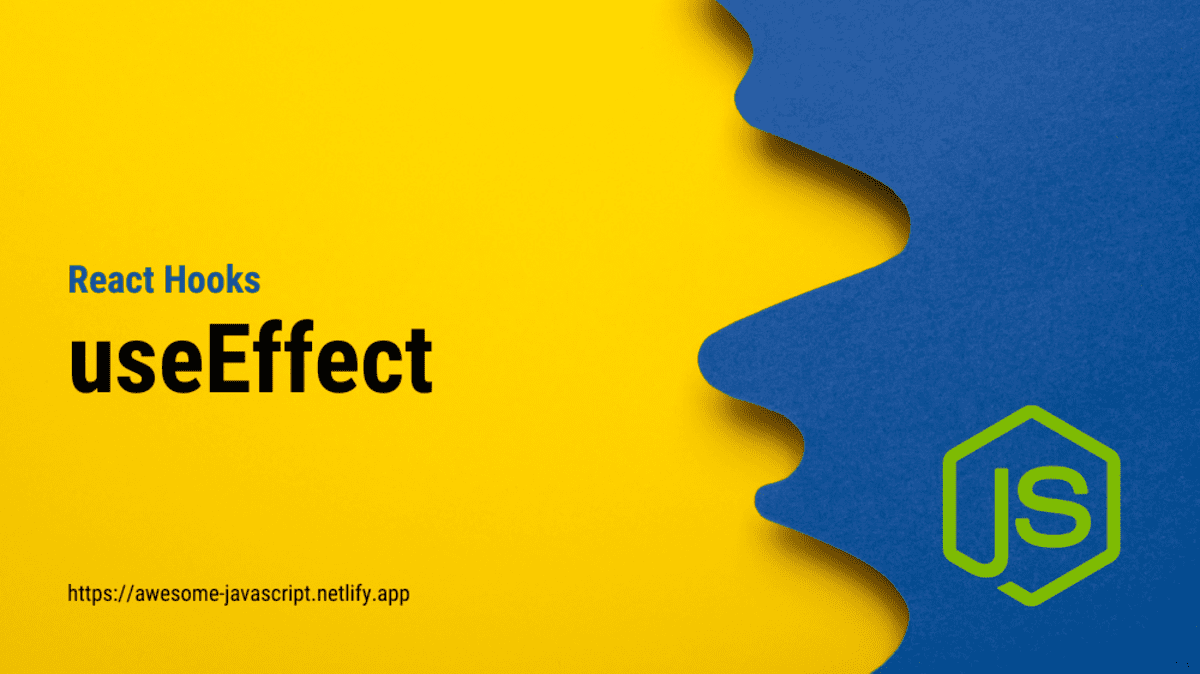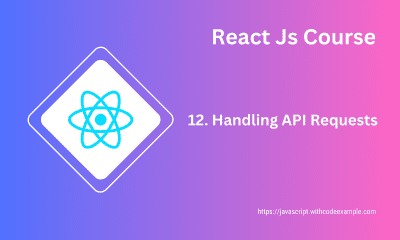useEffect React Hook Explained With Example
- With Code Example
- August 16, 2023

Series - React Hooks
The useEffect hook is another essential React Hook that allows you to perform side effects in functional components. Side effects include tasks such as data fetching, DOM manipulation, and subscribing to external data sources. The useEffect hook ensures that these side effects occur after the component has rendered and the DOM is updated, preventing potential performance issues and inconsistencies. Let’s delve into how the useEffect hook works and explore some examples.
Syntax:
useEffect(() => {
// Side effect code here
return () => {
// Cleanup code (optional) - runs when the component unmounts or before the next effect
};
}, [dependencies]);
- The function inside
useEffectis the side effect you want to perform. - The optional return function can be used for cleanup (e.g., canceling subscriptions, removing event listeners) before the component unmounts or before the next effect runs.
- The
dependenciesarray is an array of values that, when changed, will trigger the effect to run again.
Fetching Data:
import React, { useState, useEffect } from 'react';
const DataFetching = () => {
const [data, setData] = useState([]);
useEffect(() => {
// Fetch data from an API
fetch('https://api.example.com/data')
.then(response => response.json())
.then(data => setData(data));
}, []); // Empty dependency array runs effect once (on mount)
return (
<div>
{data.map(item => (
<p key={item.id}>{item.name}</p>
))}
</div>
);
};
In this example, the useEffect hook is used to fetch data from an API and update the component’s state (data). The empty dependency array ensures that the effect runs only once, similar to componentDidMount.
Document Title Update:
import React, { useState, useEffect } from 'react';
const DynamicTitle = () => {
const [count, setCount] = useState(0);
useEffect(() => {
document.title = `Count: ${count}`;
}, [count]);
return (
<div>
<p>Count: {count}</p>
<button onClick={() => setCount(count + 1)}>Increment</button>
</div>
);
};
In this example, the useEffect hook updates the document title whenever the count state changes.
Cleanup and Unsubscription:
import React, { useState, useEffect } from 'react';
const SubscriptionExample = () => {
const [message, setMessage] = useState('');
useEffect(() => {
const subscription = subscribeToService((data) => {
setMessage(data);
});
return () => {
// Cleanup: unsubscribe when the component unmounts
unsubscribeFromService(subscription);
};
}, []);
return <div>{message}</div>;
};
In this example, the useEffect hook subscribes to a service and updates the component with incoming data. The cleanup function unsubscribes from the service when the component unmounts.
The useEffect hook is a powerful tool for managing side effects in your React components. It helps you keep your component logic organized and ensures that side effects are executed in a controlled manner, preventing potential bugs and performance issues.





